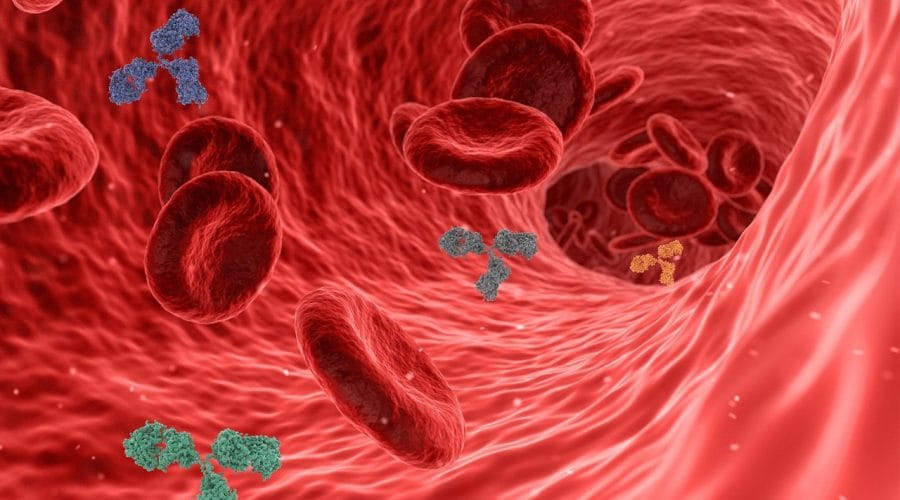
We have a newly published case of a person who acquired HIV and is experiencing a “functional cure” without ever taking antiretroviral therapy. As usual, stories like this generate a lot of hype—but how much is actually warranted? Let’s dig in.
Highlighted Study Population and Methods
The authors describe the index case of a 48-year-old heterosexual woman of Indian descent living in Spain who was diagnosed with HIV-1 infection in 2002 after sexual exposure from an HIV-positive male partner.
The researchers conducted comparative analyses between the woman and:
Her partner: A 58-year-old man of Indian descent with HIV-1 and history of Pneumocystis jiroveci pneumonia.
Cohort 1 (n=9): Elite controllers—individuals with at least three consecutive undetectable HIV viral loads over ≥12 months without antiretroviral therapy (ART).
Cohort 2 (n=12): Long-term elite controllers—elite controllers maintaining immunological and virological control for ≥10 years.
Controls not living with HIV.
Analyses included:
Virological: Reservoir quantification, quantitative viral outgrowth assay to assess replication-competent virus, and next-generation sequencing of HIV RNA and DNA.
Host immunological: HLA-I typing, measurement of host restriction factors, plasma inflammatory marker profiling, HIV-specific T-cell responses, and immunophenotyping of T cells, monocytes, and NK cells.
Key Findings
The woman maintained undetectable plasma viral load and stable CD4 counts for 22 years without ART, without HIV-related symptoms. The study manuscript states that:
In both resting memory CD4 and peripheral T follicular helper cells, HIV-1 DNA was undetectable.
Full-length proviral sequencing: 0.82 HIV genomes per million CD4 cells — all defective; no intact, replication-competent virus detected.
Compared with both elite controller cohorts, the manuscript states that the woman had:
Increased expression of several microRNAs and mRNAs with possible anti-HIV activity.
Preservation of T-cell homoeostasis with low expression of markers of cell exhaustion, apoptosis, and senescence.
Natural killer cells with low inhibitory receptor expression and higher expression of regulatory natural killer cells.
Decreased levels of inflammatory biomarkers.
Read an expert analysis from Benjamin Young, M.D., Ph.D. at TheBodyPro.
Source : TheBodyPro
Get involved
Are you living with HIV/AIDS? Are you part of a community affected by HIV/AIDS and co-infections? Do you work or volunteer in the field? Are you motivated by our cause and interested to support our work?
Subscribe
Stay in the loop and get all the important EATG updates in your inbox with the EATG newsletter. The HIV & co-infections bulletin is your source of handpicked news from the field arriving regularly to your inbox.
